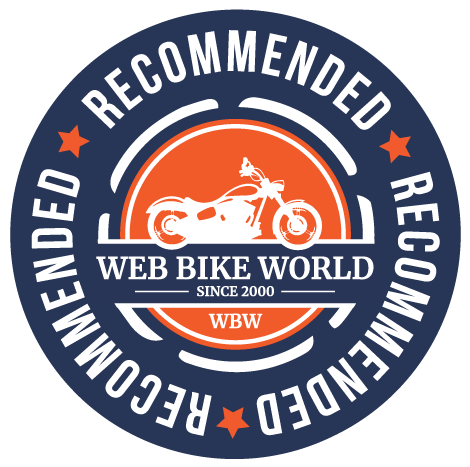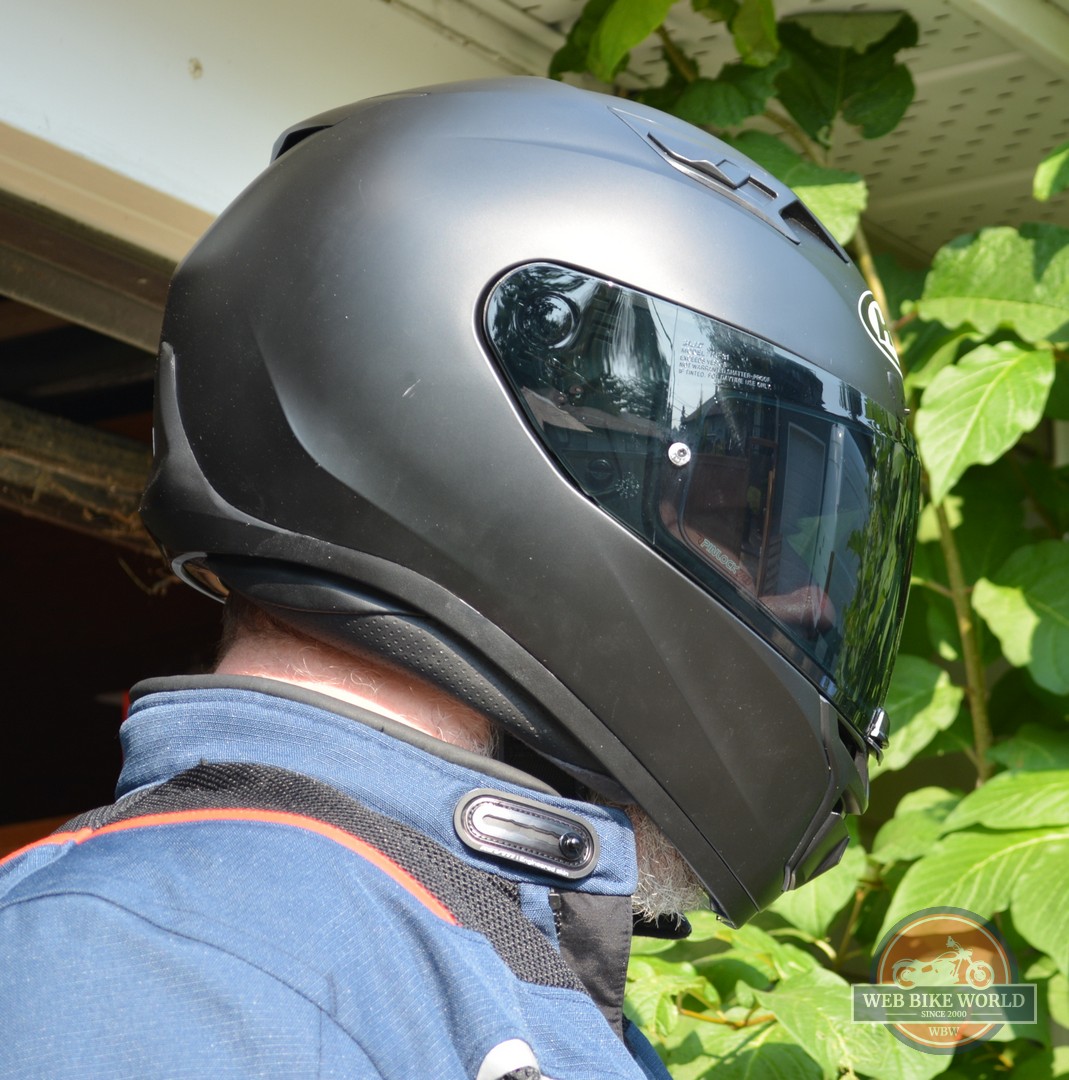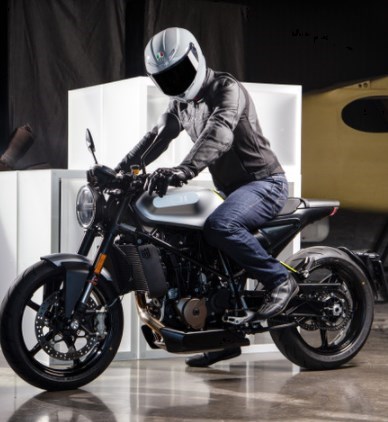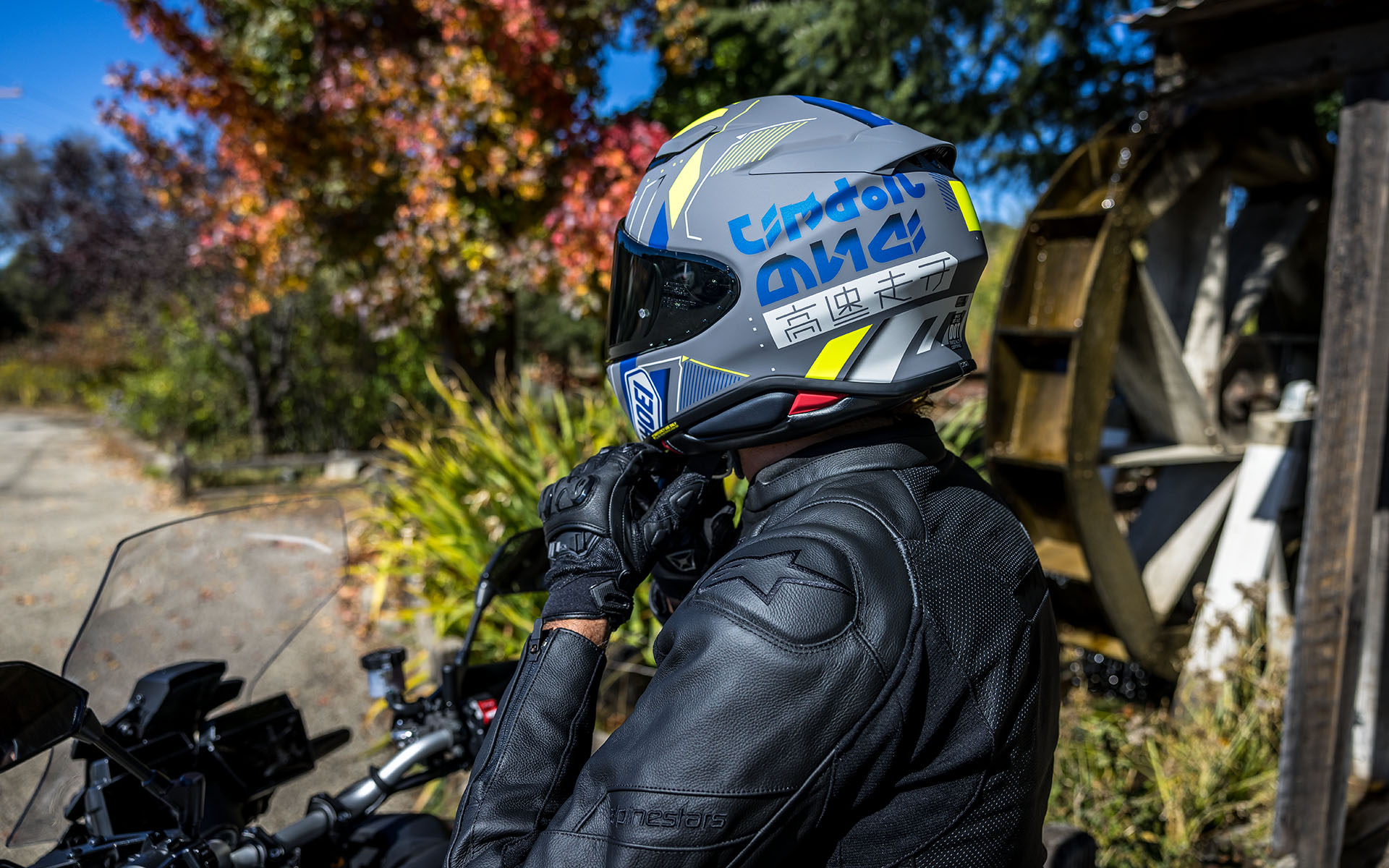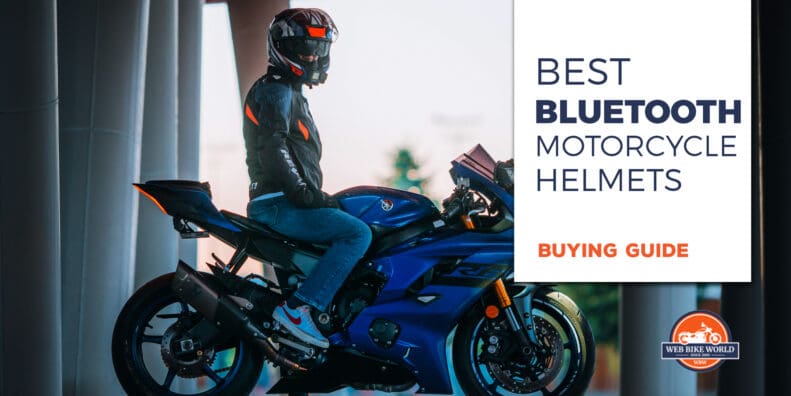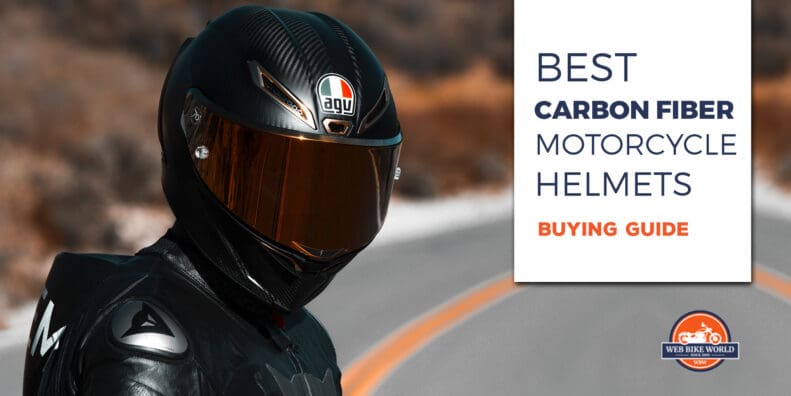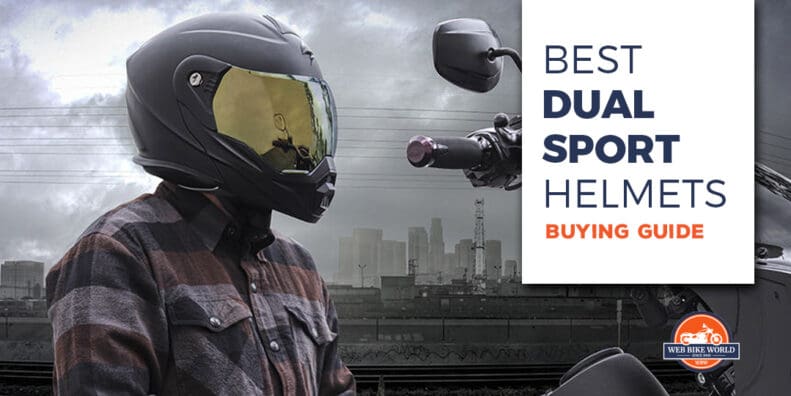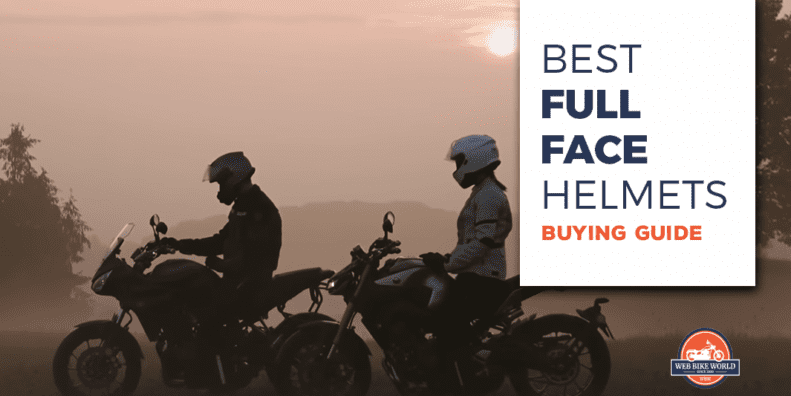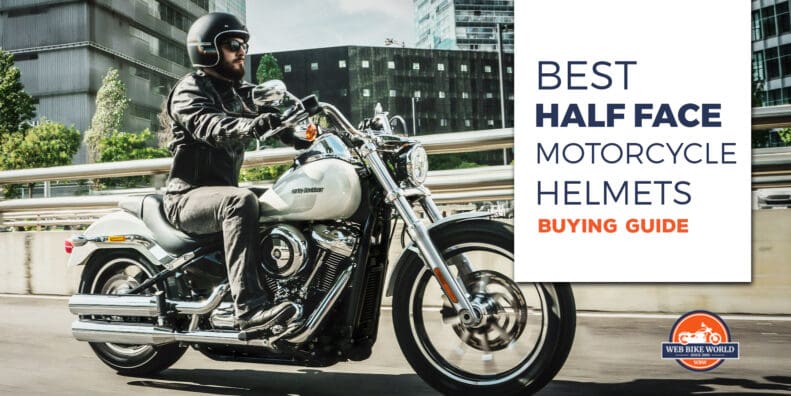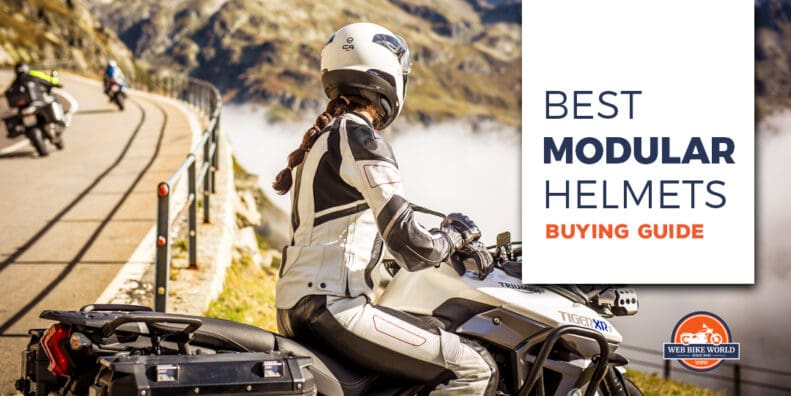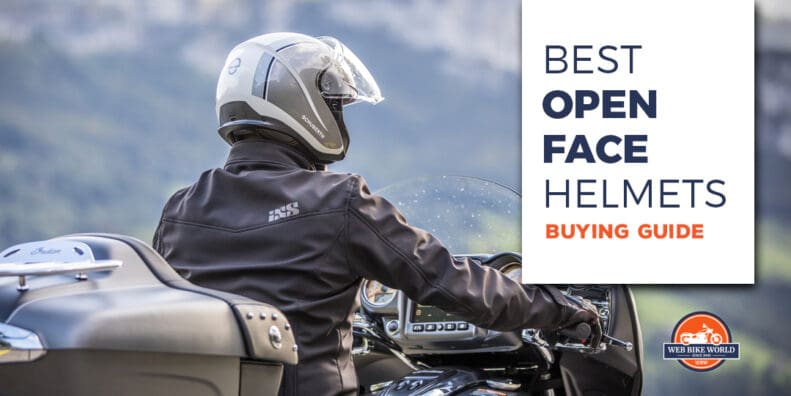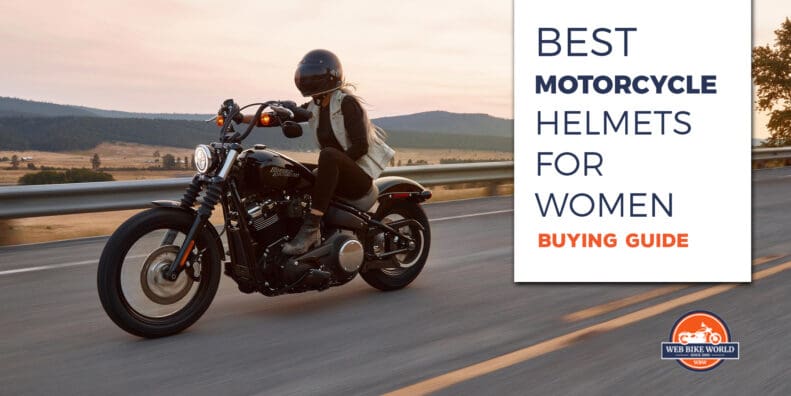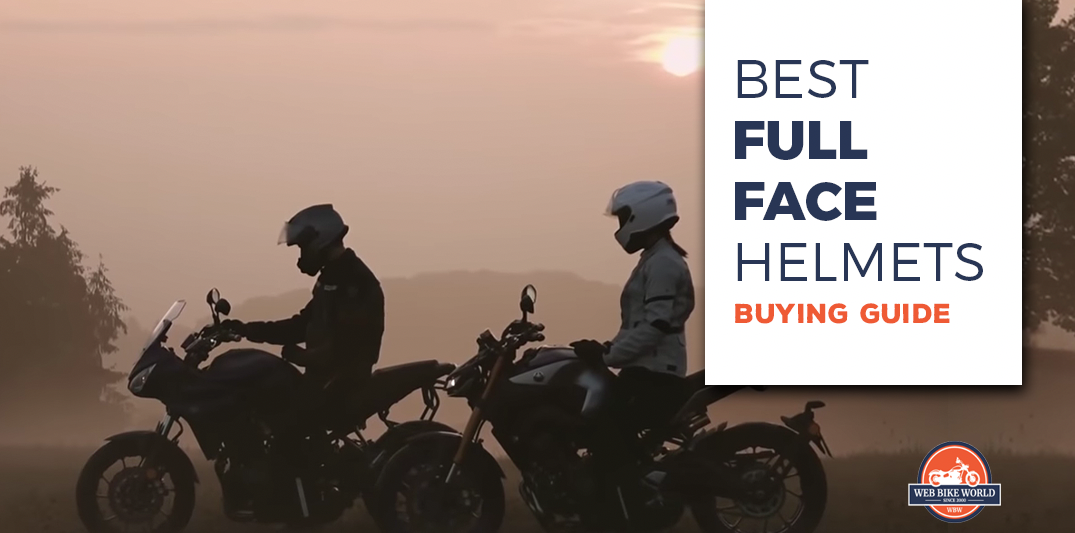
The Best Full Face Motorcycle Helmets for 2025
We'd know - we've reviewed 450+ helmets since 2000!
Our picks are based on helmets that offer the best blend of safety/performance, function/features, and price.
Last updated February 2025 by Devan Martel
About Our Full Face Helmet Recommendations
Founded in 2000, our team at wBW has collectively tested more than 2,500 helmets, jackets, boots, gloves, accessories, and more. We do not fluff reviews. A riders safety is heavily dictated by how they ride and what they wear while doing so. Our goal is to help riders make informed decisions about the gear they invest in to protect themselves.
wBW is funded by our audience. Our recommendations and reviews may contain affiliate links that earn us a small comission if you make a purchase after clicking them. This is the primary way we fund our website and pay our review team (and comes at no additional cost to you). We disclose our relationship with brands or manufacturers for transparency. For more information about our extensive review process, see our review policies.
Best Entry-Level Full Face Motorcycle Helmets
Priced under $300.
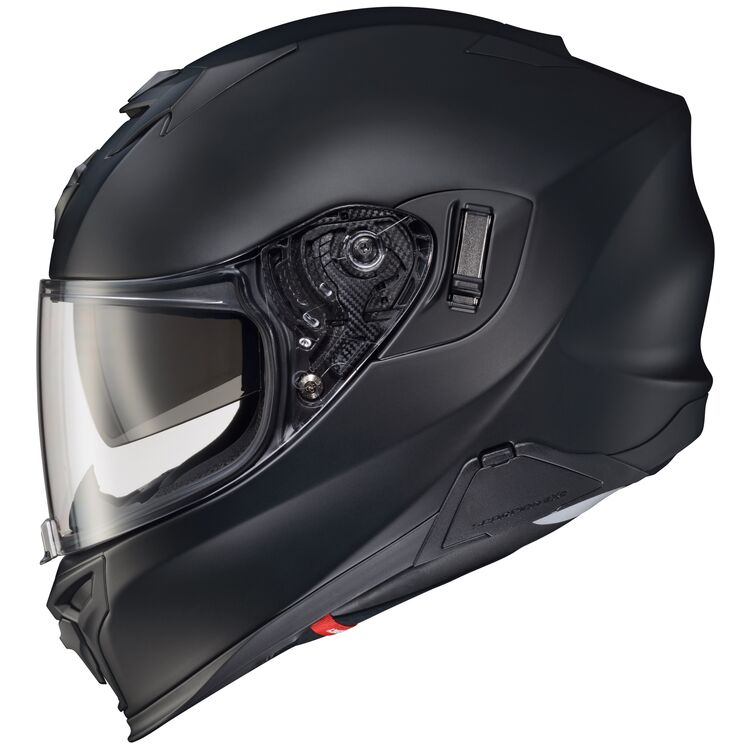
Scorpion EXO-T520
Why?
Scorpion is entered 2022 swinging, with the EXO-T520 helmet released in October 2021. Part of the company’s well-known “trickle down” effect, the T520 incorporates all the best parts of the top-tier EXO-R1 and EXO-ST1400 helmets, but at an affordable price for most riders.
The shell shape is an aggressive but smooth swoop, feeding the aterederodynamically tuned top ventilation ram-air intakes. The visor includes the Ellip-Tec II ratchet pull system from the higher end helmets, which pulls the visor back into the visor port gasket when fully closed. The helmet also features the innovative AirFit system from the EXO-R1 Air models, which ensure a tight but comfortable fit for every ride.
The Scorpion EXO-T520 is DOT and ECE 22.05 certified.
Key Specs & Head Shape
Head shape: Intermediate oval
Weight: 3.5lbs
DOT or ECE? DOT & ECE certified
Our Review
We have not yet tested the EXO-T520 as of yet, but we do know that one will be coming our way relatively soon, so keep your eyes on webBikeWorld for that review! See all our Scorpion coverage.
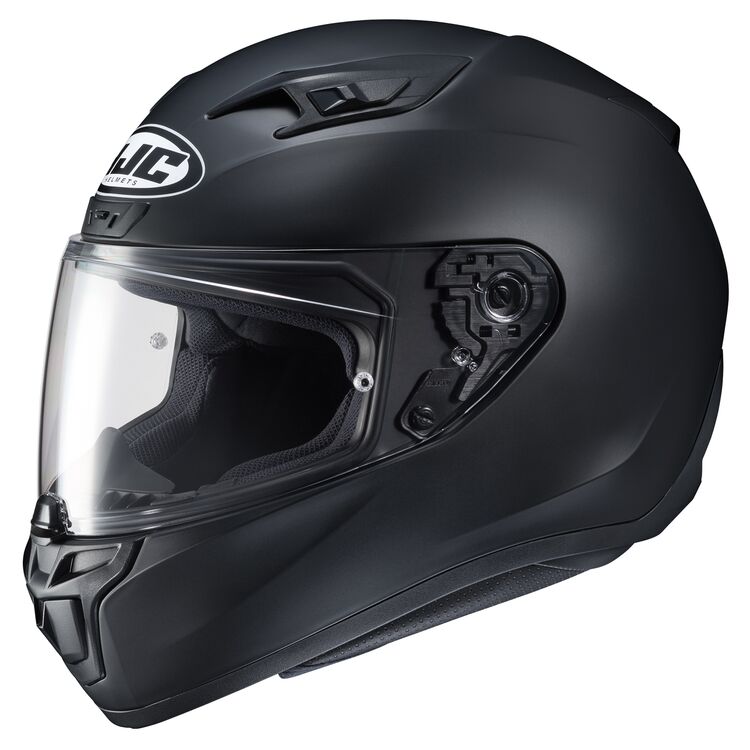
HJC i10
Price: $160-$175
Where to Buy: RevZilla | Amazon | SoloMoto by WebBikeWorld
Why?
The HJC i10 returns to the recommended list for 2022 because of three main factors.
The first is that the helmet is well under $200, and for that price it is an absolutely ludicrous bargain. This helmet should, realistically, be in the $300+ range, but HJC has steadfastly kept it down at $160 to make sure that all who want the helmet can buy it.
The second main factor is that this helmet is the result of thousands of hours of research, design, testing, and real-world data gained from MotoGP and WorldSBK HJC helmets. The result is an amazingly aggressive, yet sleek helmet with a high quality composite shell and race-grade EPS lining and padding inside.
The third reason is that despite the price, in all shell sizes bar 3XL, the HJC i10 is fully SNELL M2020 rated, and to this day is the least expensive helmet to carry that rating. SNELL rated helmets are needed to attend many track days around North America, and they must be able to withstand impact forces at race speeds. This helmet meets those criteria.
This helmet, as long as it remains on the market, is an absolute bargain and deserves to be on the helmet shelf of any sport rider.
Key Specs & Head Shape
Head shape: Intermediate oval
Weight: 3.88 lbs
DOT or ECE? DOT & SNELL M2020 certified
Our Review
This helmet has become the go-to daily rider for Simon, one of our intrepid reviewers—who, since his review in August 2021, has put on at least another 2,000 kilometers of riding under its protective shell. Read the full review here!
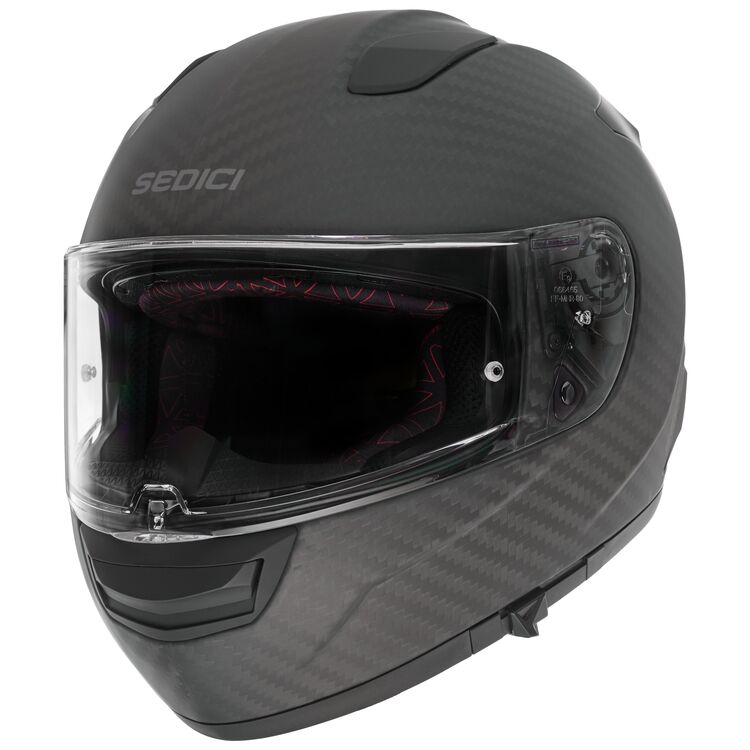
Sedici Strada 3 Helmet
Price: Up to 279.99
Where to Buy: RevZilla
Why?
As shown in our Best Carbon Fiber Helmet list, the Sedici Strada 3 helmet is a top contender in the entry-level price range.
The Strada 3 is Sedici's latest addition to the Strada line. It is made up of a blend of carbon fiber, nylon, DuPont Kevlar and military spec resin. It is full of thoughful features, such as an internal sun visor, removable padding at the temple, and plenty of ventilation.
One of the Strada 3's best features, in my opinion, is that it is available in four distinct shell sizes and six EPS sizes. This ensures that regardless of your size, the helmet will fit your head as it should - perfectly.
Key Specs & Head Shape
Head shape: Intermediate Oval
Weight: 3.37lbs
DOT or ECE? DOT and ECE 22.06 certified
Our Review
We haven't been able to get our hands on the Strada 3 helmet yet, but it has received a huge amount of exceedingly positive reviews on RevZilla that you can reference!
Best Mid-Range Full Face Motorcycle Helmets
Priced $300 - $550.
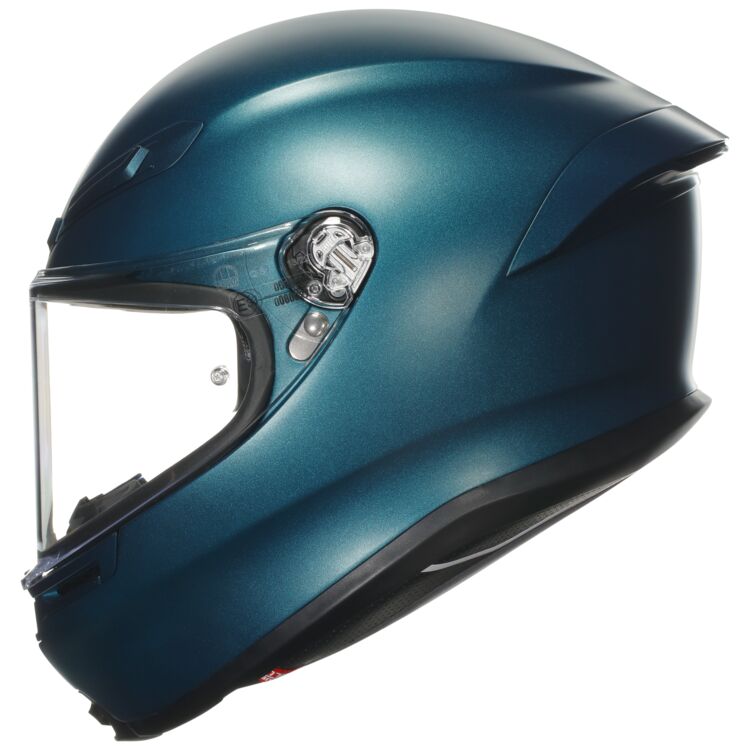
AGV K6 S
Why?
The newly released successor to the fan favourite AGV K6 is a force to be reckoned with. The K6 S takes everything we know and love about the original K6 and makes it takes it up one more notch. The S meets DOT regulations as well as ECE 22.06. This helmet, despite its stellar safety, weighs in at just 2.76 lb - even lighter than its predecessor.
Key Specs & Head Shape
Head shape: intermediate oval
Weight: 2.76 lbs
DOT or ECE? DOT & ECE certified
Our Review
We loved it so much, we reviewed it twice!
Two of my fellow reviewers, Jori Sutton and Jared Northclott, had a lot to say about the AGV K6-S with the majority of it being extremely positive.
For Jori's reivew, please click here!
For Jared's review, please click here!
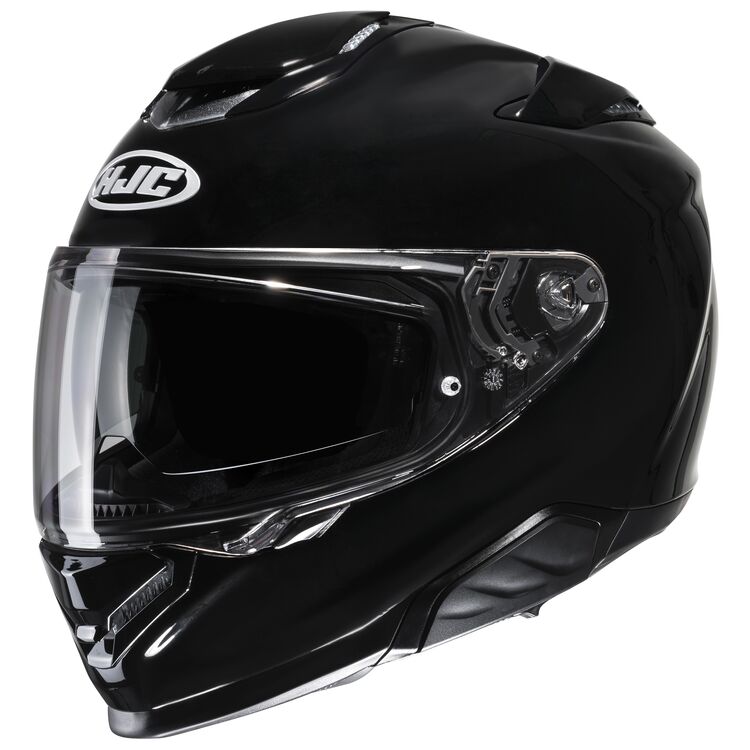
HJC RPHA71
Price: $480-$495
Where to Buy: SoloMoto by WebBikeWorld | RevZilla | Amazon
Why?
The HJC RPHA 71 is one of the latest offerings among HJC’s RPHA line of lids, which represent the pinnacle of the helmet maker's design & engineering. Sitting firmly in the mid-range segment, the RPHA 71 definitely punches above its weight (and price). It brings a lot of value, with an included Pinlock anti-fog insert, an integrated sunshade, and excellent ventilation. The HJC RPHA 71 comes compatible with both 21B and 50B Bluetooth systems, which can be purchased separately if you are so inclined. It's hard to beat a combination this good, from such a reputable company, at such a good price point.
Key Specs & Head Shape
Head shape: Intermediate oval
Weight: 3.69lbs
DOT or ECE? DOT certified
Our Review
We havent had the chance to review the HJC RPHA 71 yet, but we hope to soon. In the mean time, browse through the rest of our HJC coverage.
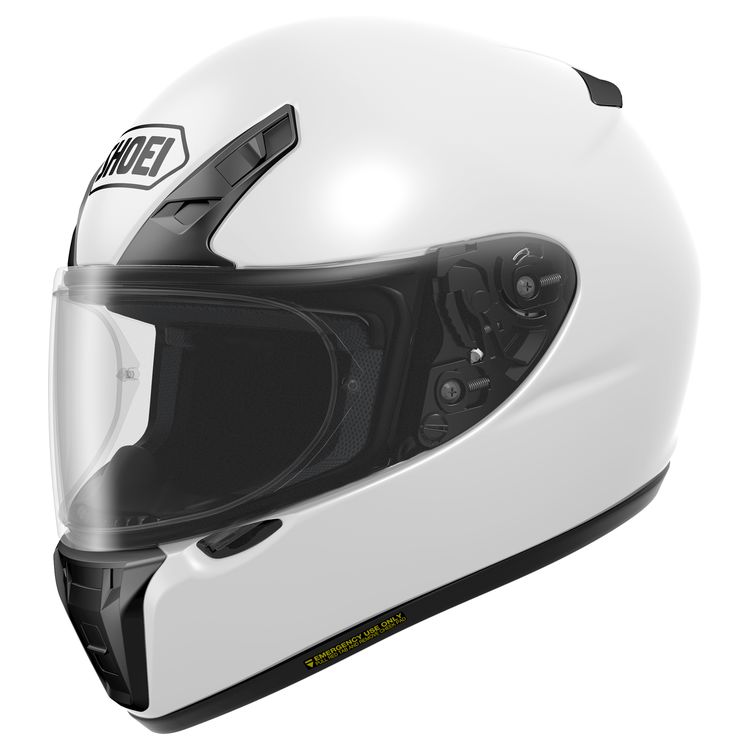
Shoei RF-SR Helmet
Price: $499.99
Where to Buy: RevZilla
Why?
We love Shoei, and for good reason.
The RF-SR is a timeless release by Shoei. This helmet works tirelessly to deliver you a quiet and comfortable ride. The outer-shell is wind tunnel optimized and manufactured in multiple sizes to keep is as small and aerodynamic as possible. You'll really notice a difference at high-speeds with less turbulence, neck strain and overall weight.
Another unique feature of the RF-SR is that each helmet is handmade in Japan to the highest standards that effortlessly surpasses DOT and SNELL M2020 safety certifications.
Key Specs & Head Shape
Head shape: Intermediate oval
Weight: 3.66 lbs
DOT or ECE? DOT and SNELL M2020 certified
Our Review
As I mentioned, the RF-SR is a timeless release by Shoei. We first reviewed the Shoei RF-SR helmet back in 2017. Check out our full review here!
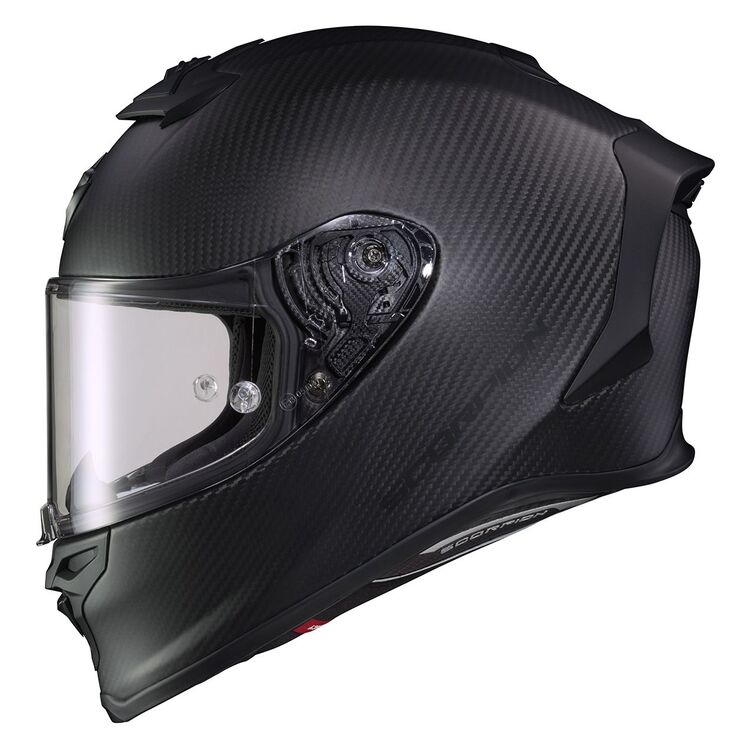
Scorpion EXO-R1 Air Carbon
Price: $550
Where to Buy: SoloMoto by WebBikeWorld | RevZilla | Amazon
Why?
In 2020, Scorpion USA released the EXO-R1 Air helmet as a street-going homologation version of their EXO-R1 GP MotoGP and WorldSBK competition helmets. These helmets received rave reviews and very little, if anything, was found to be wrong with them, unless you got extremely nitpick-y.
Released in Q2 2021, the EXO-R1 Air Carbon takes the same design of the EXO-R1, and replaces the fiberglass and aramid weave with full 3K carbon fiber weave construction. This is the same grade carbon fiber specification that is used in aircraft manufacturing, so it is extremely strong, yet flexible enough to dissipate some impact force all on its own.
The helmet combines that with a very quiet shell shape that literally cuts the air more than ramming into it, and one of the largest visors you can get on the market today. The ventilation system, while simple, is extremely effective, and the AirFit inflatable cheek pad system ensures you have a tight but comfortable fit, every ride.
The R1 Air Carbon carries DOT and ECE 22.05 certifications.
Key Specs & Head Shape
Head shape: Intermediate oval
Weight: 3.1lbs
DOT or ECE? DOT & ECE 22.05 certified
Our Review
We were able to spend some time with the EXO-R1 Air Carbon in the real world, riding in different weather conditions and at different times of day. Read our review here!
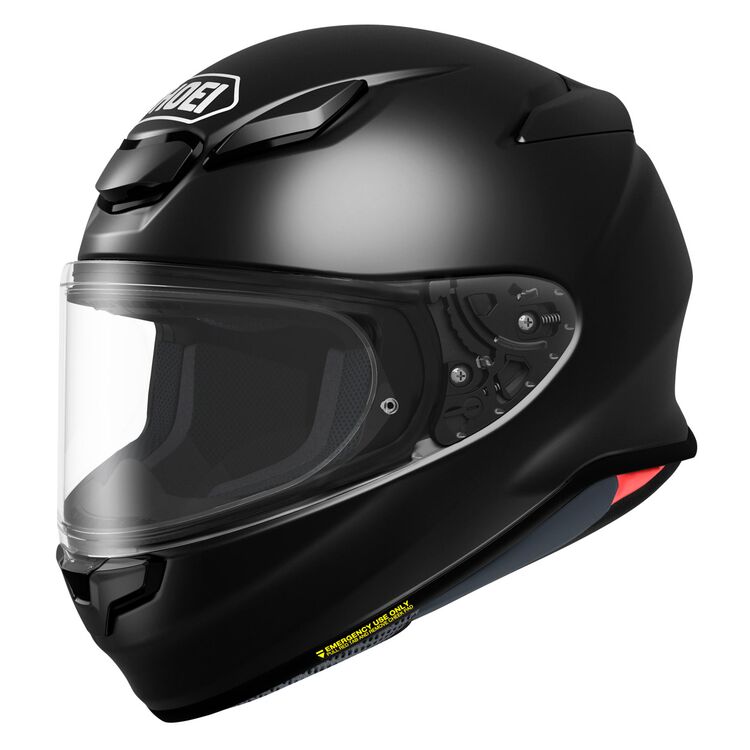
Shoei RF1400
Price: $580-$660
Where to Buy: SoloMoto by WebBike World | RevZilla | Amazon
Why?
Released in very late 2020, the RF1400 is the follow up to the highly rated and well loved RF1200. Shoei really did their homework when designing the RF1400, and it has improved aerodynamics and a quieter experience. Part of this is down to shaping the air travelling around the helmet, and part of it is with reworking the shell and EPS lining.
The biggest change in terms of noise are the ventilation cover sliders, which are much more aerodynamic than the ones on the previous helmet. This cuts down on any chances of interference whistling, as air will flow over the new sliders instead of being forced into a vortex that would create high pitched noise. On top of it all, the RF1400 has full SNELL M2020 certification and a superb UK SHARP 4 star rating.
Key Specs & Head Shape
Head shape: Intermediate oval
Weight: 3.62 lbs
DOT or ECE? DOT and SNELL M2020 certified
Our Review
Jim was able to spend quite some time on the road wearing one of the first RF1400's sent out to reviewers in December of 2020. He raved about the field of vision, the quality of the ventilation, and the fact that the noise isolation in the helmet is superior to pretty much anything out there. Read the full review here!
Best High-End Full Face Motorcycle Helmets
Priced over $550.
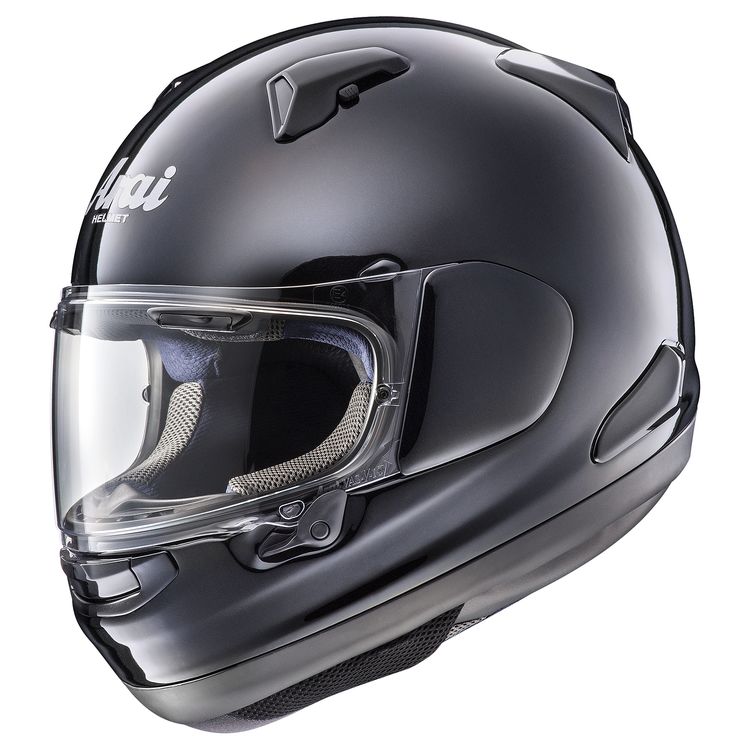
Arai Signet-X
Why?
For years now, the Arai Signet-X (or QV-Pro in the EU) has been one of the, if not the, top rated long-oval helmet. End of story.
That rating and recommendation carries through into 2022, with the helmet still maintaining its excellent handmade fiberglass and aramid weave shell. The helmet has a slightly redone layering of the EPS that came out in mid-2021 (adding slightly more temple protection), but otherwise it has not changed all that much since its original release.
The Signet-X has full SNELL M2020 and M2020b certification, and is one of the very few full face helmets to receive a perfect 5 star score from UK SHARP labs.
Key Specs & Head Shape
Head shape: Long oval
Weight: 3.53 lbs
DOT or ECE? DOT & SNELL M2020 certified
Our Review
The Arai Signet-X is the answer for riders with “Narrow” head shapes and it brings all of the new Arai “X” features to their “Long Oval” head shape helmet, completing the triumvirate. Read the full 3,000+ word review.
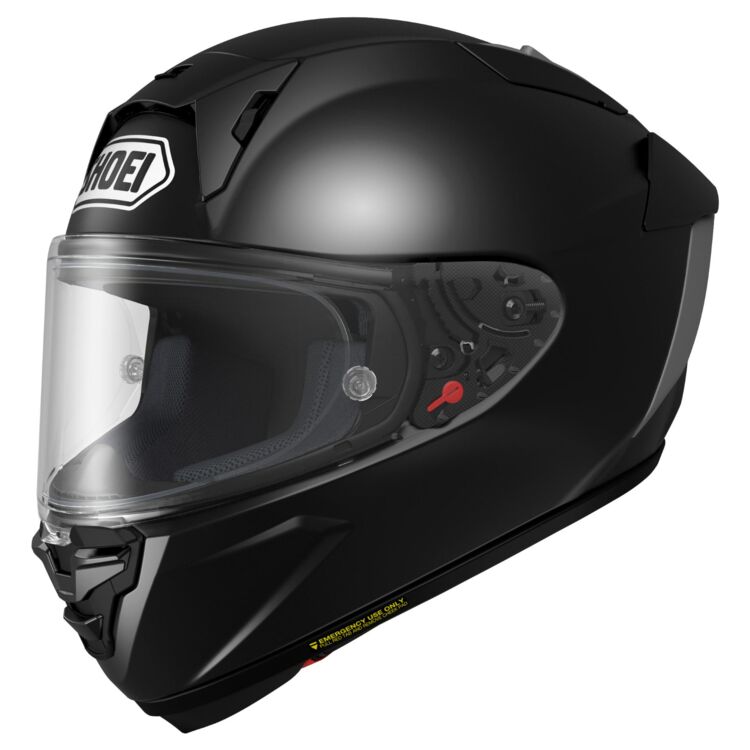
Shoei X-15
Price: $899 - $920
Where to Buy: RevZilla | Amazon | SoloMoto by WebBikeWorld
Why?
The apex defender of Shoei-sponsored racers is the X-Fifteen and it lived up to the massive hype during testing.
Triple safety certification from DOT, ECE 22.06, and Snell M2020R along with Shoei’s well-known history of being some of the best helmets to wear if you favor surviving a motorcycle crash.
The X-15 comes in 4 shell sizes, has above-average ventilation, a crystal clear visor equipped with a Pinlock anti-fog lens, tear-offs, and a comfort liner that can be customized to fit nearly any shape of head. Those attributes make it one of the best helmets on the market.
Key Specs & Head Shape
Head shape: Intermediate Oval
Weight: 3.85lbs
DOT or ECE? DOT, ECE 22.06 & SNELL M2020R certified
Our Review
We recently had the chance to play with the Shoei X-Fifteen for a bit. Check out our Shoei X-15 review here.
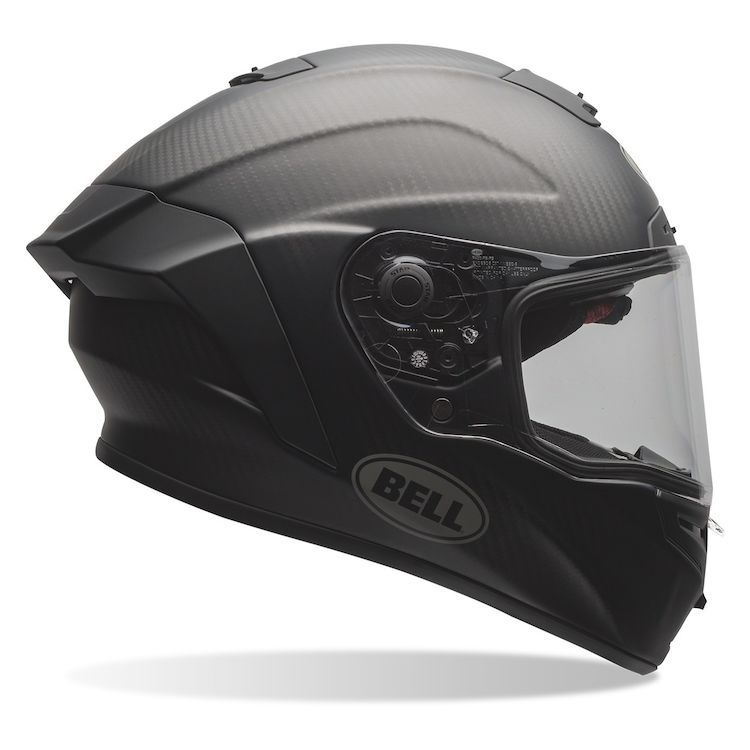
Bell Race Star Flex DLX
Why?
Constructed using the latest in carbon-fiber technology and developed through extensive wind tunnel and track testing, the Race Star's design features a superlight 3K Carbon Shell, Raceview ergonomics for unmatched visibility, and the three-layer Flex Impact Liner to manage slow, mid, and high energy impacts.
The Panavision viewport provides excellent visibility even in a full tucked position, and the photochromatic visor will automatically adjust to changing light conditions.
This is the pinnacle of Bell helmets, the full trim package with every option they offer. Well worth the dollars for the level of function and safety provided.
Key Specs & Head Shape
Head shape: Intermediate oval
Weight: 3.57lbs
DOT or ECE? DOT & SNELL M2015 certified
Our Review
We have not yet reviewed the Bell Race Star Flex DLX, but we have dozens of other Bell helmet reviews. See our Bell coverage here.
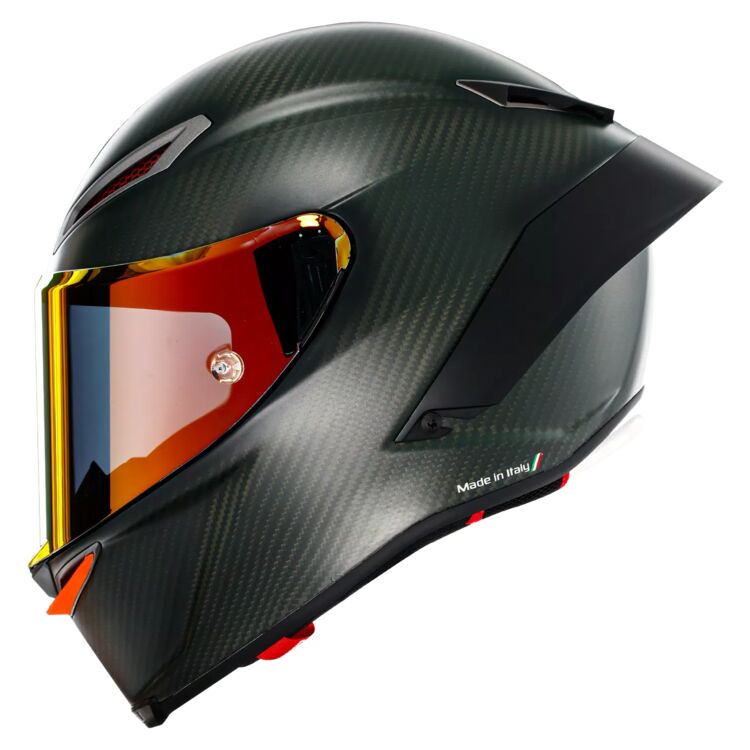
AGV Pista GP RR Electrum
Price: $1925
Where to Buy: RevZilla
Why?
Racing at it's finest.
The AGV Pista GP RR Electrum Helmet is a limited edition variant of the standard AGV Pista GP RR - an exact replica of helmets worn by world championship racers. The Electrum is a limited edition helmet, so act fast! Don't worry if you aren't able to snag one of these rare lids as the rest of the AGV Pista GP RR range is just as good and comes in a variety of colourways.
Like the rest of the Pista line, the Electrum meets stringent FIM Racing Homologation standards and provides the highest level of protection, even against glancing impacts that can cause rotational motion.
The forged carbon fiber shell comes in 4 shell sizes to provide optimum fit at any size. Everything about this lid is meant to provide optimum performance at high speed in a full tuck. The finely tuned shape is aggressive but retains excellent sightlines out, and is quite stable even in buffeting air.
It does not get any better for the rider seeking the ultimate performance, pedigree, and style.
Key Specs & Head Shape
Head shape: Intermediate oval
Weight: 3.31lbs
DOT or ECE? Even better - FIM Certified
Our Review
We have not yet reviewed the Pista GP RR, but we have dozens of other AGV helmet reviews. See our AGV coverage here.
Frequently Asked Questions About Full Face Helmets
What are the main benefits of a full face helmet?
A full face helmet is the safest type of helmet you can buy, as it covers your entire head from the neck up. Because of this, the helmet can be much more aerodynamically shaped, reducing wind noise and drag, as well as shielding you from the elements so you can focus on riding. As well, during a crash where you might end up going over the handlebars, the chin bar protects your jaw and teeth from impacting the ground or an object.
How effective are full face helmets?
When it comes to protecting your face and head, there is no better style of helmet. Statistically, riders wearing a full face helmet vs those wearing an open face helmet suffer significantly less facial injuries and also have a lower rate of traumatic brain injuries, due to the helmet being able to dissipate energy over a larger structure and surface.
Is a full face helmet better than a modular helmet?
If you are talking safety, a full face helmet wins hands down. There are some very good modular helmets out there, and many in the ADV crowd swear by them. They have most of the same structural impact protection that a full face does, but the modular chin bar can break off in a significant enough impact. It really is the rider's choice.
What are some drawbacks of a full face helmet?
As there is more material needed to make a full face helmet, the consequence is weight and bulk, which can be tiring to your neck and shoulders during an extended ride. Due to the nature of the visor mechanism, you also can potentially have limited peripheral vision. Even if the helmet is designed well, there is also a limited amount of ventilation compared to a half or open face type of helmet.
Do I really need a full face helmet?
That depends on the type of riding you’re doing. If you’re participating in a track day or race, only a full face helmet is accepted, and it must be SNELL or FHRPe-01 certified at that. If you ride a sportbike of any type, a full face helmet is recommended. For all other types of bikes, it really is a personal choice, but to keep yourself as protected as possible, a full face helmet is recommended for all types of riding.
How often should I replace my full face helmet if I don’t have any accidents with it?
The general “rule” in the motorcycle gear world is to replace your helmet no later than 5 years after the purchase date, or 7 years after the manufacturing date, whichever comes first. The reason for this is that while the helmet shell may be in pristine condition, the EPS foam and padding layers inside the helmet degrade over time, lessening their effectiveness in impacts and accidents. This is especially true with helmets made of exotic materials such as carbon composites, as the shell can last for decades, but the foam inside will not.
What To Look For In A Full Face Helmet
A full face helmet is by far the helmet type that is the most protective. Considering most helmet impacts are actually on the chinbar, a full face is the best equipped to keep you safe. When we visited the Snell Memorial Foundation, Ed Becker - the managing director at the time - advised us that the best helmet is the one that fits you comfortably and you'll actually wear. So, there's that.
Assuming you've already sorted yourself a lid that fits, you should also consider:
DOT/ECE certifications—Many inexpensive full face helmets showing up on Amazon and eBay are not DOT or ECE certified. This certification may save your life. Don’t cheap out—remember, you’re preparing for the slide, not the ride.
Comfort— Most of the helmets featured on this page use lightweight materials to minimize neck strain—useful, especially on long rides.
Head shape—While most people are an intermediate oval, not all are. Make sure you get a helmet designed for your head shape.
Shell material—Polycarbonate is okay, but you’d be better served with carbon fiber (expensive) or fiberglass. All the helmets called out here (save for one) are fiberglass.
Interior liner—All the helmets featured here offer removable liners that are anti-moisture and anti-bacterial. Avoid non-removable liners (found in cheap helmets)—it’ll be a stink factory before you know it.
Intercom compatibility— Riders that want to stream audio, get navigation prompts from their phone, or talk to their friends while on the road will want to make use of a bluetooth intercom (see also: our picks for the best motorcycle intercoms). Many helmets come with speaker pockets already formed inside the liner; they will be much more comfortable to wear with an intercom compared to a lid that does not have speaker pockets. Definitely factor this into your decision, as there's nothing more frustrating than your needs changing shortly after buying and being left with no option other than purchasing another lid.
Read the complete motorcycle helmet buyer's guide for more information.
At WBW, “Best” Actually Means Something
Remember when you could open up a review of something, and when the publication—magazine, car show, whatever—said “best” they stood behind it? Yea, we remember, and we’re bringing it back.
Here’s how we do things:
We disclose our affiliate relationships—We make money via advertising and affiliate relationships on our website. It’s how we pay our team and invest in things like sending Jim to Italy. And Japan. And France… wait… why do we always send Jim places?
We obsessively hands-on test—We wear and ride with gear before reviewing it, and we update reviews down the line if our opinions change. We look at real-world situations because that’s the world we live in.
We’re objective—Good gear is good gear, regardless of who made it.
We’re value-focused—Why pay $500 if something for $250 is just as good? Our review scores and recommendations reflect best value. Brand only goes so far—the gear has to stand on its own.
